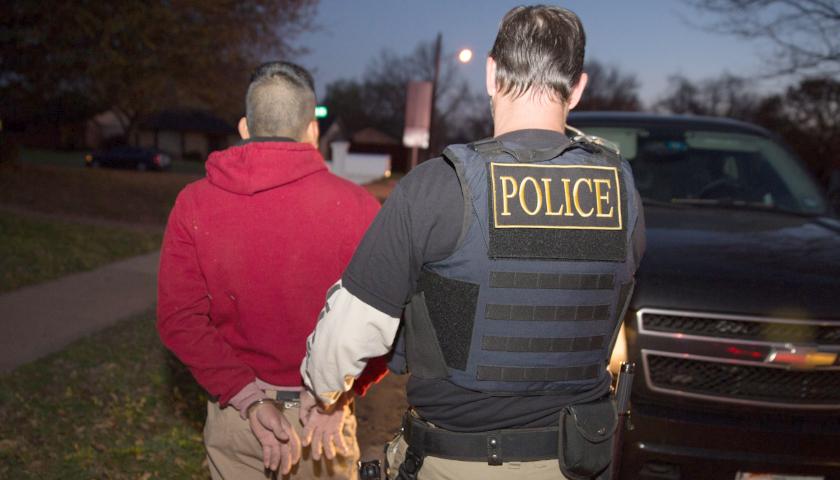by Mary Stroka
Alcohol-induced deaths of Wisconsin residents were higher in August 2020 than they had been since at least 1999, according to the U.S. Centers for Disease Control and Prevention.
There were 117 alcohol-attributable deaths in August 2020, compared to 102 deaths the previous month.
Statewide lockdowns began March 25, and Gov. Tony Evers issued a statewide mask mandate beginning in August for indoor gatherings and closure of state buildings.
Before 2020, peaks tended to occur in fall and winter months. Monthly counts never exceeded 82 deaths, although such deaths have been on the rise, Wisconsin Policy Forum reports.
The year 2020 saw a roughly 25% estimated increase in alcohol-induced deaths since the prior year, which was the biggest one-year increase in more than two decades. Per-capita alcohol-induced deaths in 2020 were nearly triple those of 1999 (6.7 to 18.5), while the nation saw a 113.4% increase (7.0 to 14.9), Wisconsin Policy Forum’s article said. Alcohol-induced per-capita deaths among Wisconsin residents who are Black decreased from 2019 to 2020 (17.0 to 15.6) after being higher, for the first time since 2005, than the rates among Wisconsin residents who are White.
Wisconsin’s population grew 3.6% from 2010 to 2020, down from 40% growth from 2000 to 2010 and more than 60% growth from 1990 to 2000, Forward Analytics reported in December 2021.
Wisconsin alcohol-attributable deaths from alcohol consumption increased in 2020, the first year of the COVID-19 pandemic, Wisconsin Department of Health Services estimates show. In 2020, there were 53 alcohol-attributable deaths per 100,000 residents, up from 45 per 100,000 in 2019 and 43 per 100,000 in 2018. The overall per capita rate from 2014 to 2020 has been 42 per 100,000.
While alcohol-induced deaths excluded deaths indirect causes indirectly related to alcohol use such as unintentional injuries and homicides, alcohol-attributable causes of death include alcohol-induced liver cirrhosis, alcohol poisoning overdose, accidents caused while a person was intoxicated, or cancers associated with heavy alcohol use.
A study published in the medical journal JAMA on March 18 indicated that nationally, alcohol-induced causes of death and multiple-cause deaths jointly increased about 25% between 2019 and 2020. Rates had increased a mean 2.2% between 1999 and 2017, the study said. Alcohol-related deaths in 2020 increased more compared with increases in all-cause mortality (16.6% increase). CDC reported that the annual average nationwide from 2011 to 2015 of alcohol-attributable deaths due to excessive alcohol use was 95,158, with 26,742 deaths that were 100% attributable to alcohol.
CDC reported that 22.8% of adults who responded to a 2020 survey reported they binge drank (more than 5 drinks per occasion for men, more than 4 for women) in the past 30 days. States and Washington D.C. reported a median 15.7%.
Individuals seeking substance use services in 2020 most commonly (47% of served individuals) needed support regarding alcohol, according to The State Council on Alcohol and Other Drug Abuse’s December 2021 report. The Council wants to reduce cultural acceptance of underage, heavy and binge drinking; attractiveness and availability of alcohol; cost barriers for alcohol; and preventative health care.
Wisconsin DHS Communications Specialist Jennifer Miller told The Center Square in an email March 28 that the department launched a campaign in 2020 to encourage parents and caregivers to frequently talk with their kids, starting at age 8, about underage drinking.
– – –
Mary Stroka is a contributor to The Center Square.
Photo “Pouring a Glass of Wine” by ed_rsnhr.





